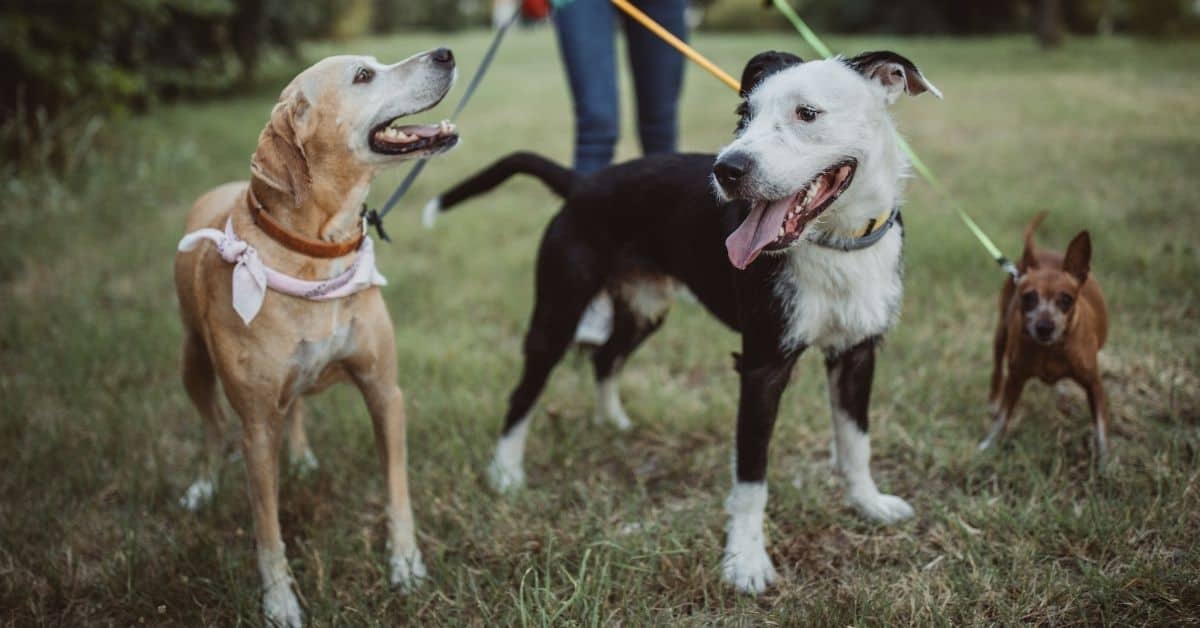Are you a dog owner looking to improve your pooch’s daily walking routine?
If so, you’ve come to the right place!
Walking your pup is an essential part of keeping them healthy and happy.
However, it can also be easy to overlook small details that can affect the outcome of each walk.
But don’t stress – we’re about to dig into these missteps in more depth here so that you can start strolling with confidence anytime soon!
In this article, we talk about 14 most common mistakes when walking your dog and how to avoid those things.
Walking Opposite The Flow Of Traffic
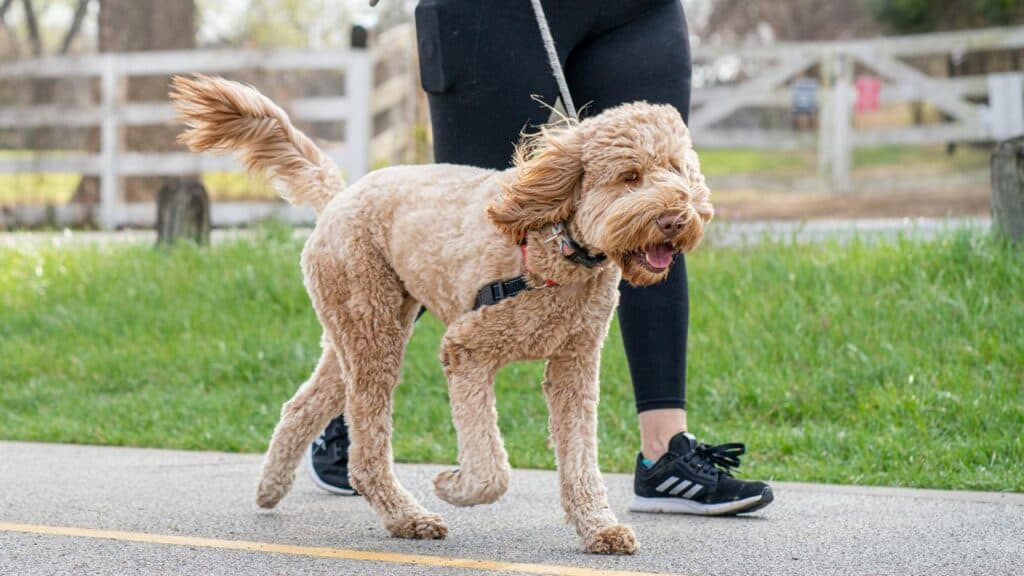
Doing so can be dangerous for the pup and those around it, as it increases the chance of them running into traffic or getting into confrontations with other people and animals who may not be expecting a pup to come in their direction.
Additionally, walking against traffic flow can put pet owners at risk, too, as they may be more susceptible to accidents if they’re forced to take evasive action to avoid any unexpected obstacles.
To ensure everyone’s safety, it’s important to always keep your pup on the same side of the street as you when out for walks.
Letting Your Dog Run Off-Leash In Public Places
This behavior can be dangerous for the pup and those around it, as there’s no guarantee that the pooch will obey its owner’s commands if they encounter other people or animals while off-leash.
Additionally, running off-leash can lead to potentially hazardous situations, such as being hit by cars or getting into fights with other dogs.
To ensure everyone’s safety, it’s important to always keep your pup on a leash when in a public area, even if there are designated off-leash parks nearby.
Allowing Your Dog To Bark Excessively
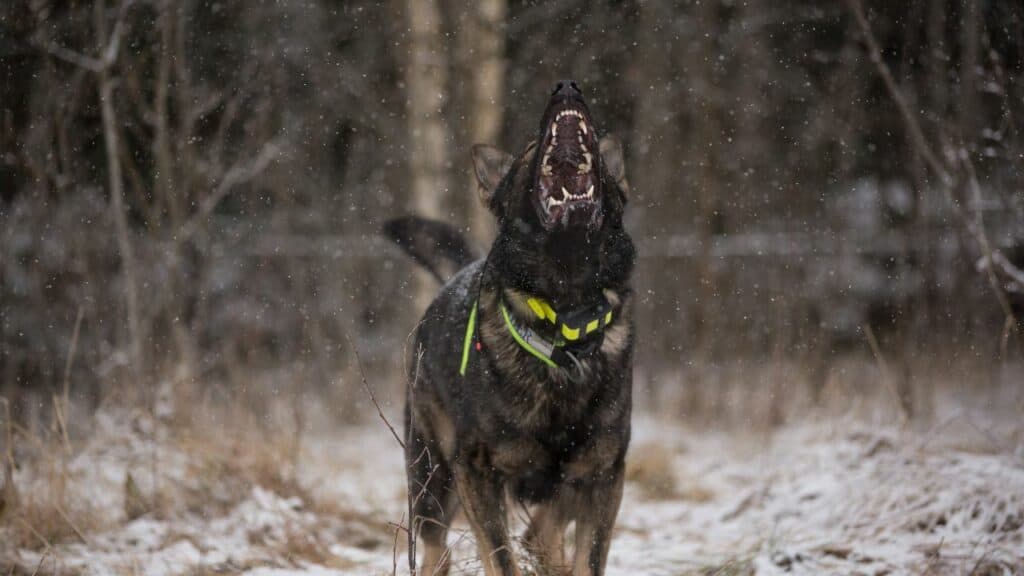
Not only is this behavior annoying for those around you, but it can also be detrimental to your pup’s health and well-being.
This type of barking can startle other animals and people, which could lead to an unpleasant confrontation with someone else who may be walking their own pet in the same area.
Additionally, too much barking can cause discomfort for your pooch.
In some cases leading to long-term vocal strain or hoarseness due to overuse of the vocal cords.
To prevent this from happening, try teaching your alternative pup behaviors like “sit” or “stay” instead of allowing them to bark excessively whenever out on walks.
Walking Your Dog At The Wrong Time Of Day Can Lead To A Variety Of Health Issues
Those range from heat exhaustion and dehydration to sunburns or even frostbite.
In hot weather, it’s important to make sure that you avoid walks during the hottest part of the day, typically between noon and 4 PM.
Instead, sticking to morning and evening walks when temperatures are much cooler will help reduce the risk of heat stroke in both you and your pup.
As asphalt can become extremely hot during the summer months, it’s a good practice to bring along some pet-friendly booties, which will provide extra protection from hot surfaces.
It may be necessary to adjust their wardrobe accordingly with sweaters or coats in order to protect them from extreme temperatures.
If there is ever any extraordinary weather condition, such as heavy rains or snowfalls, that could affect your pup’s safety, it’s best to postpone the walk until it can be done safely.
Not Carrying Supplies Necessary
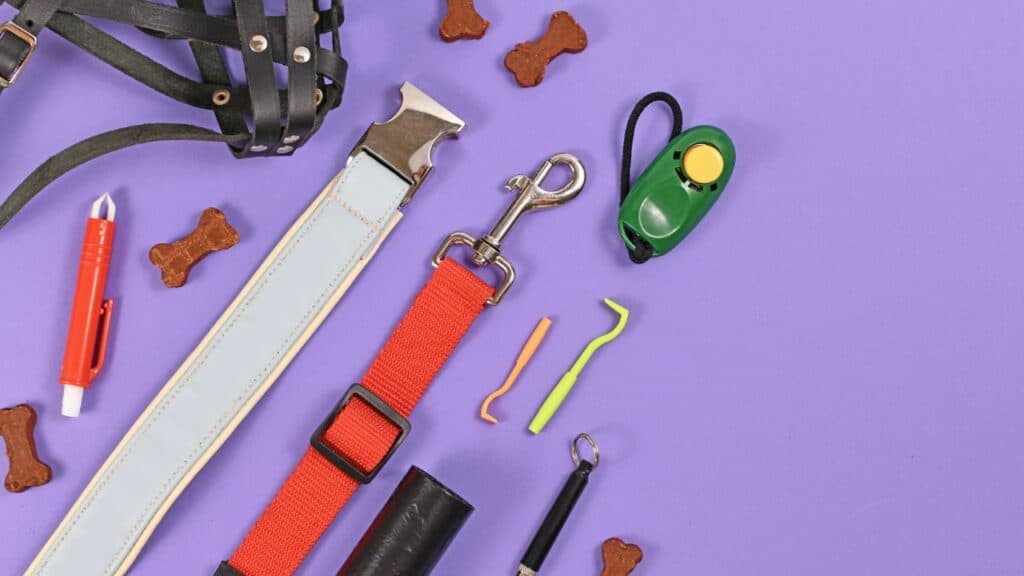
Not having items such as bags for picking up after your pup, treats for training purposes, or water for hydration can cause problems if confronted with any unforeseen circumstances during your walk.
These items are essential for keeping your dog safe and comfortable throughout its daily exercise routine.
So, pack a few extra supplies every time you head out!
It’s also wise to invest in a first-aid kit that is specifically designed for pets.
This way, you’ll have all the necessary equipment at hand should any type of health emergency arise while away from home.
Ignoring Signs That Indicate A Particular Area Is Not Safe For Dogs
This can be particularly dangerous if the area has hazards such as traffic, wildlife, or other people who may not be expecting a dog to appear.
Not paying attention to warning signs and taking your pooch into an unsafe area can lead to serious accidents or injuries, so it’s important to always read and obey any probationary placards before you set off on your walk.
It’s wise to be mindful of the environment and pay attention to potential risks that could arise suddenly.
For example, if there are children playing nearby or loud noises coming from construction workers nearby, this could startle your pup and make them want to run away, putting them in potential danger.
So always check beforehand in order to avoid any unnecessary confrontation with park officials.
Failing To Properly Restrain Your Pet In The Car While Driving Short Or Long Distances
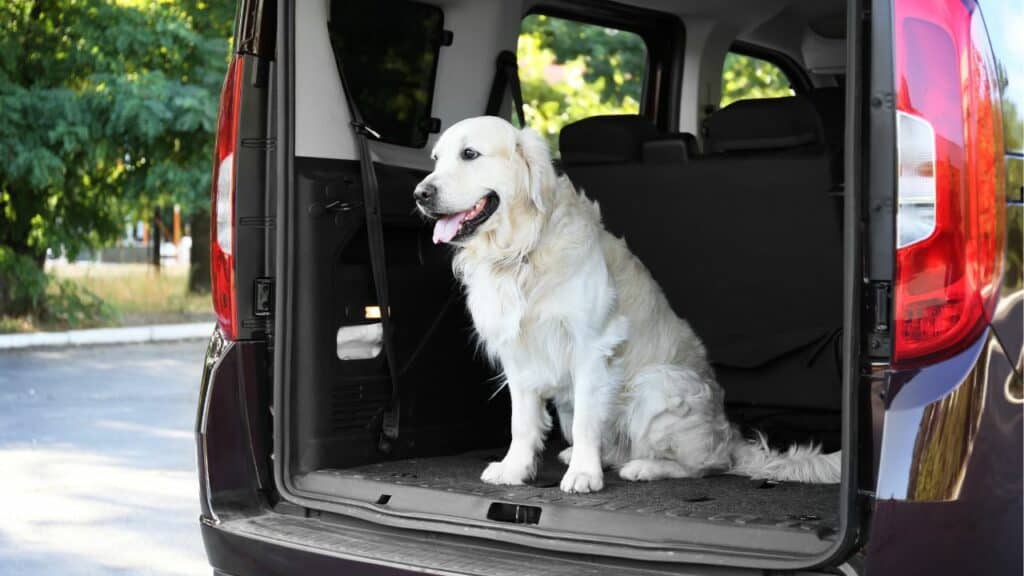
That is an extremely dangerous mistake that many dog owners make.
Not only can unrestrained dogs be a distraction to the driver, but they are also at risk of being thrown from the vehicle if an accident leads to serious injury or even death.
Even if a seatbelt is used for restraining the pup, it may not be enough for larger breeds as their weight and size could cause them to move too much during sudden turns or stops.
To ensure your pup’s safety while traveling in vehicles, it’s important to invest in a proper dog car harness with adjustable straps and rigid metal buckles.
This type of restraint will keep your pup safely secured within the car cabin and should also provide enough room for them to sit, stand, and lie down comfortably throughout the journey.
Additionally, it’s recommended to place extra paddings, such as blankets or pillows, on both sides of the harness before strapping it onto your pup.
This will help keep them secure and reduce any potential discomfort they may experience due to movement during travel.
Lastly, never leave your pup unattended inside a car.
Not only can extreme temperatures pose a threat, but open windows could serve as an invitation for other animals or strangers who might harm them.
Failing To Pay Close Attention To Your Furry Friend
This can be especially problematic if the pup decides to chase after a squirrel or explore an area that may seem dangerous.
Pet owners need to stay aware of their pup’s actions during walks by keeping them in view and ensuring they don’t stray too far.
It’s wise to keep your pup on a leash to prevent any potential wandering should they spot something interesting or if another person or animal gets too close for comfort.
Furthermore, having your pup wear identification tags or microchips will help ensure that you can quickly find them if they manage to escape from your sight.
Trying Up Your Dog In An Unsafe Location
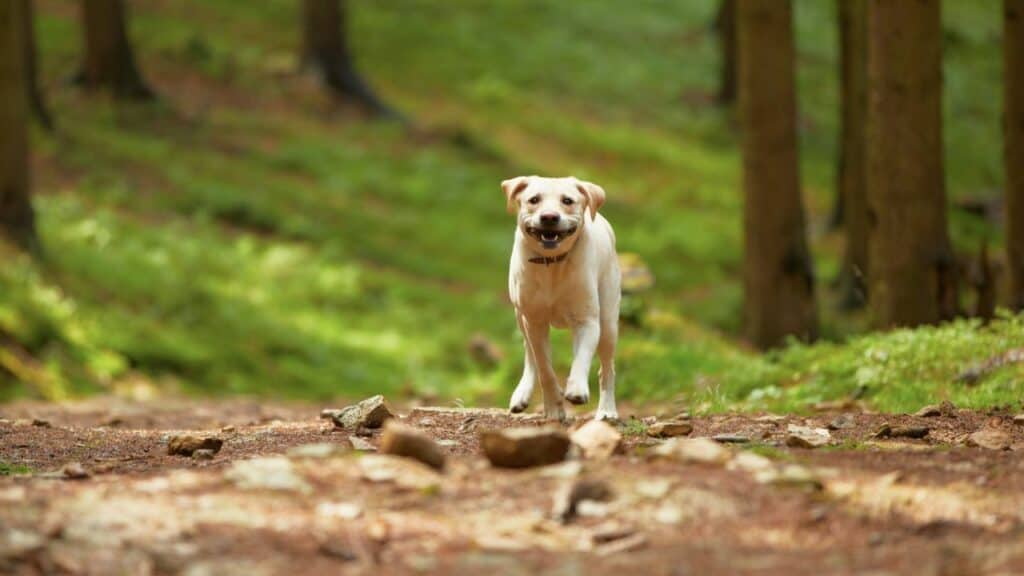
Leaving them unattended in busy parking lots or other public areas can cause more harm than good.
They could be exposed to dangerous conditions like traffic, wildlife, hazardous objects, or other people.
Additionally, leaving a pup tied up and unattended for too long can lead to physical discomfort from being restrained or behavioral issues due to boredom and lack of interaction with their owner.
To avoid these potential problems, always try to keep your pup within eyesight when tying them up, and don’t leave them unsupervised for extended periods.
Taking Too Many Dogs On Walks At Once
Though it might seem like a great way to save time and get all the pups out for their daily exercise, it can be quite dangerous.
Having multiple dogs on the same leash can lead to tangles and confusion if they start pulling in different directions at the same time.
Not to mention, it can be difficult for one person to maintain control over larger groups of animals while keeping everyone safe from potential hazards like traffic or other strangers.
To prevent these types of problems from occurring, try not to have more than three dogs per person when going out for a walk.
Allowing Your Pup To Run Away From You
Not only can it be dangerous if your dog runs into a busy street or encounters an aggressive species, but they are also at risk of becoming lost and unable to find their way home.
To prevent this from happening, it’s important to keep your pup in sight and ensure they stay on their leash while walking near roads or other areas where they could escape.
Make sure not to give in if the pup pulls away from you during the walk.
Instead of allowing them freedom, gently pull back on the leash and redirect their attention towards something more engaging such as petting or playing fetch.
That will help train your pup that pulling away is not allowed and also create a bond between you two that emphasizes trust and respect.
Carrying treats during walks can be an effective incentive for keeping your pup focused.
When given rewards for good behavior, such as staying close by during walks.
Taking Too Long To Walk The Pup
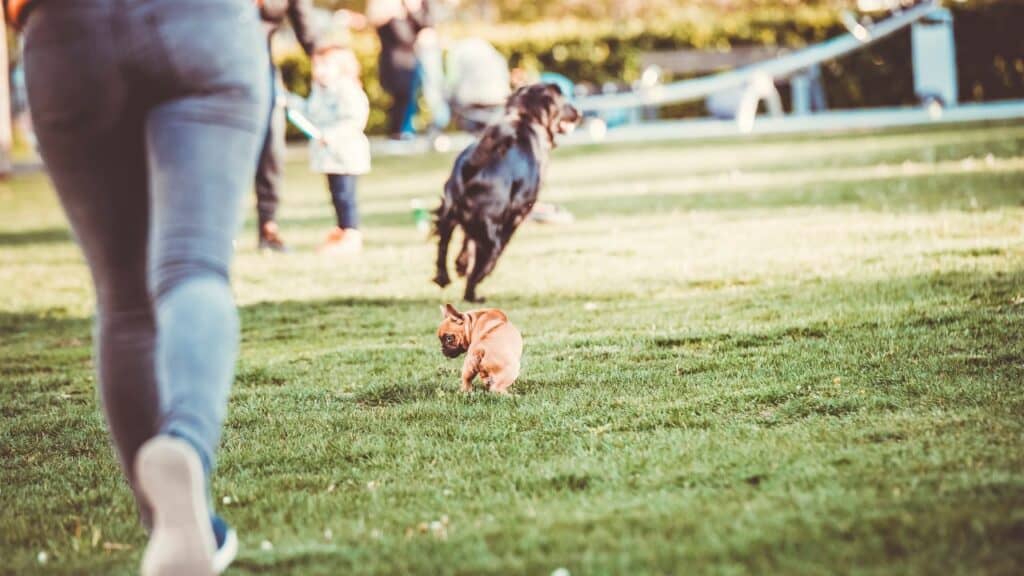
That can lead to boredom and restlessness.
If your pup is stuck in the same environment for too long, it can be mentally taxing and exhaust their mental energy, making them more prone to mischief and disobedience.
To avoid this, it’s important to vary the length of your walks depending on your pup’s size, age, and needs.
Generally speaking, puppies will require shorter but more frequent walks as they still develop physically and mentally.
Older pups may need longer walks that also include enough opportunities for play or exploration.
Not Picking Up Your Dog’s Waste
It creates an unpleasant environment for other people and can also be dangerous for both your pooch and the environment.
Failing to pick up after your pup can contaminate groundwater, contribute to bacteria levels in nearby streams and rivers, and attract vermin such as rats and raccoons.
Additionally, leaving behind pet waste can spread disease-causing parasites or bacteria like salmonella, making you and your pup very sick.
To prevent any of these problems from occurring, always remember to bring a doggy bag with you on walks!
Not Training Your Dog Properly
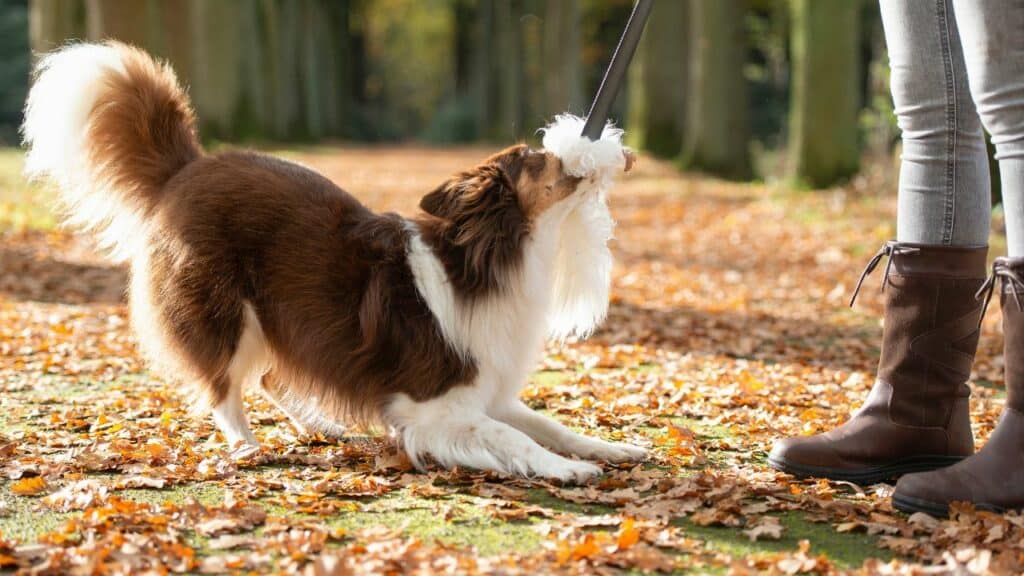
This type of mistake is especially common among first-time pet owners who are unfamiliar with training a pup or don’t have the time or patience to do so.
Without consistent training, dogs can quickly become unruly:
- Pulling too hard on their leashes
- Barking excessively at other animals or people and
- Jumping on furniture in the house
All of these behaviors can lead to embarrassing moments when out and about with your furry friend.
To ensure that your pup behaves properly during walks (and throughout life!), invest the time and energy into researching proper methods for dog training and take the initiative to practice these techniques every day with consistency and patience.
Before You Go…
You now know the mistakes when walking your dog.
If you want to learn more, read the following article too!

